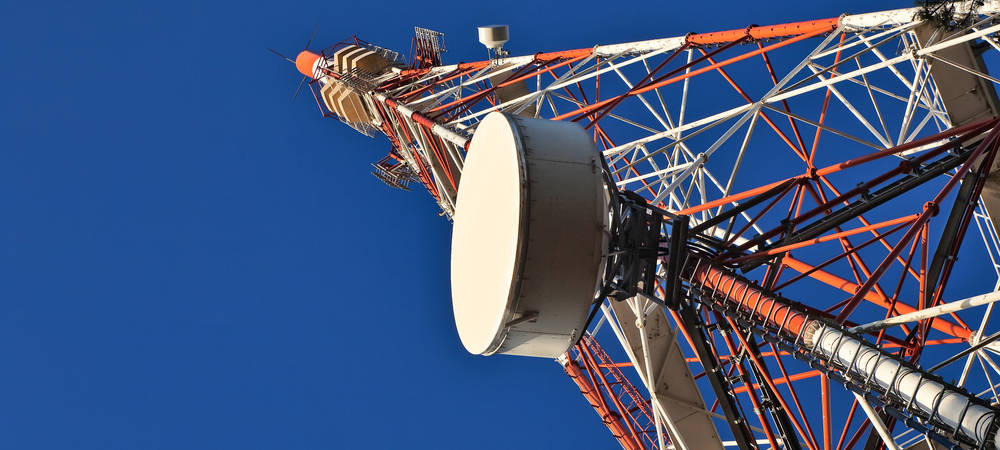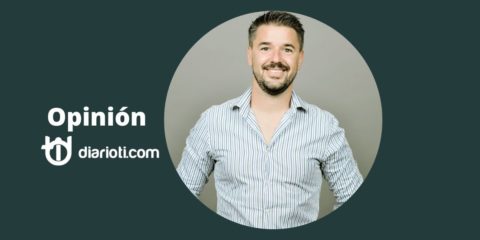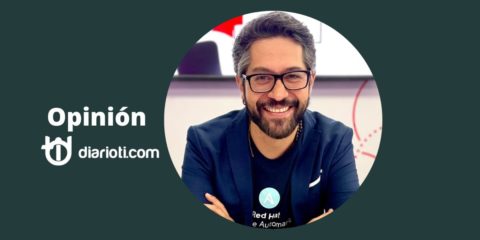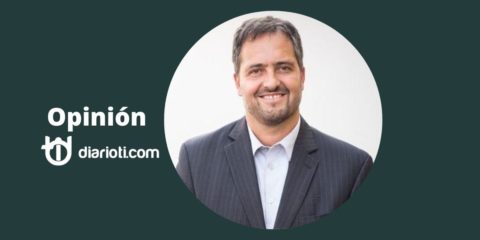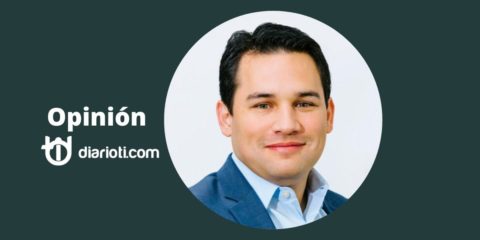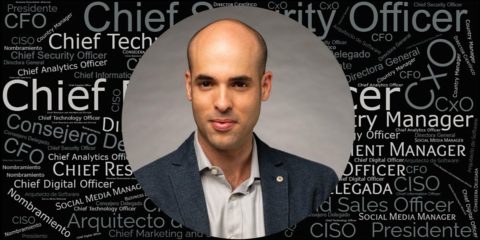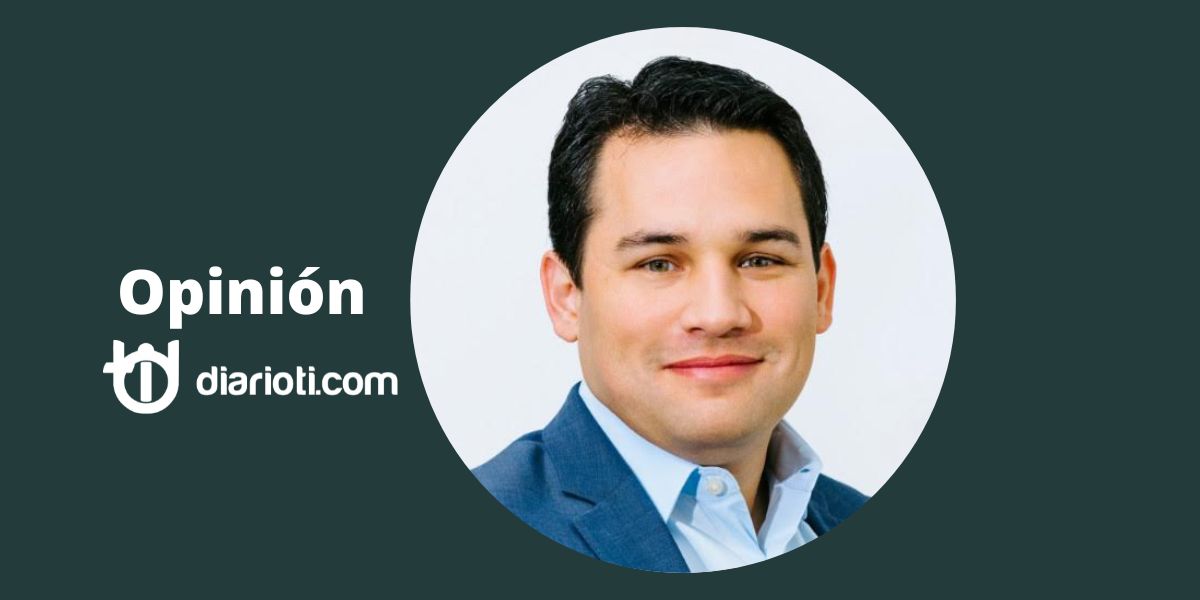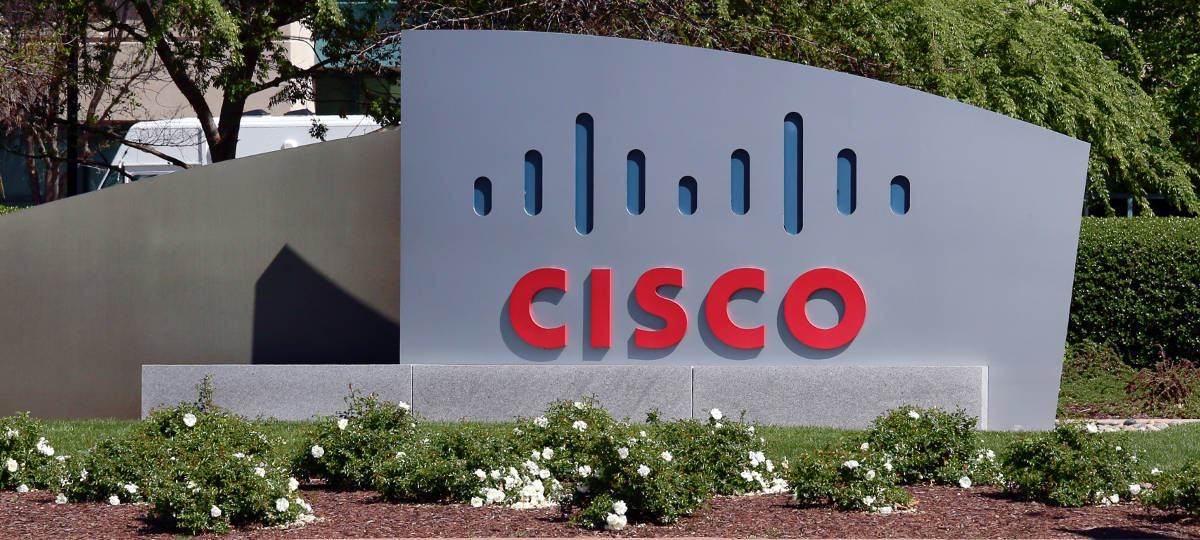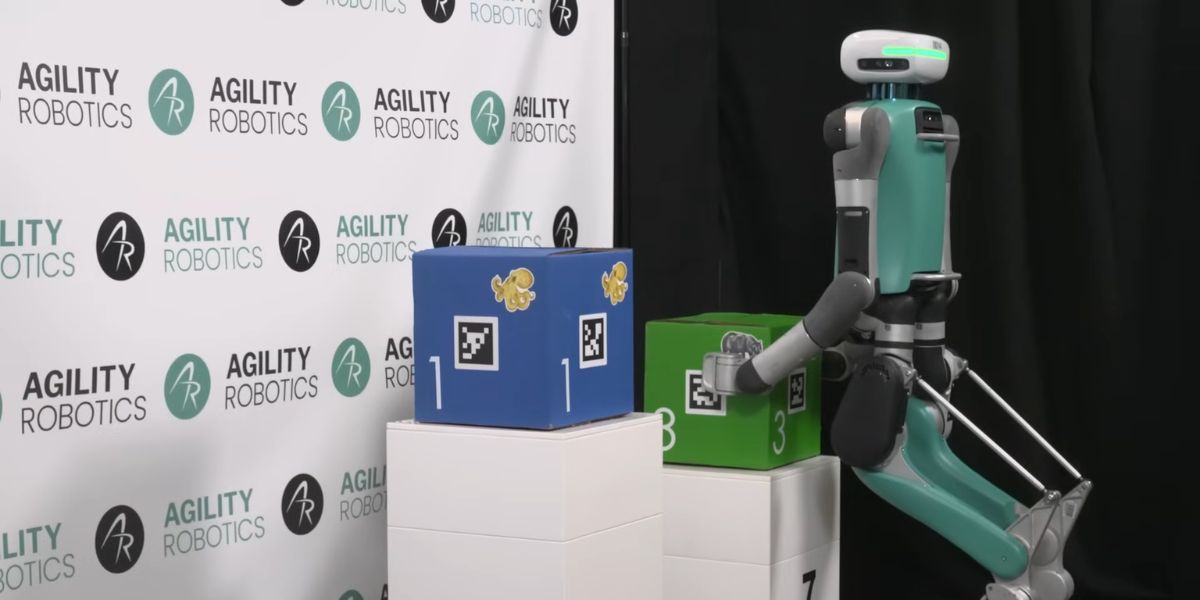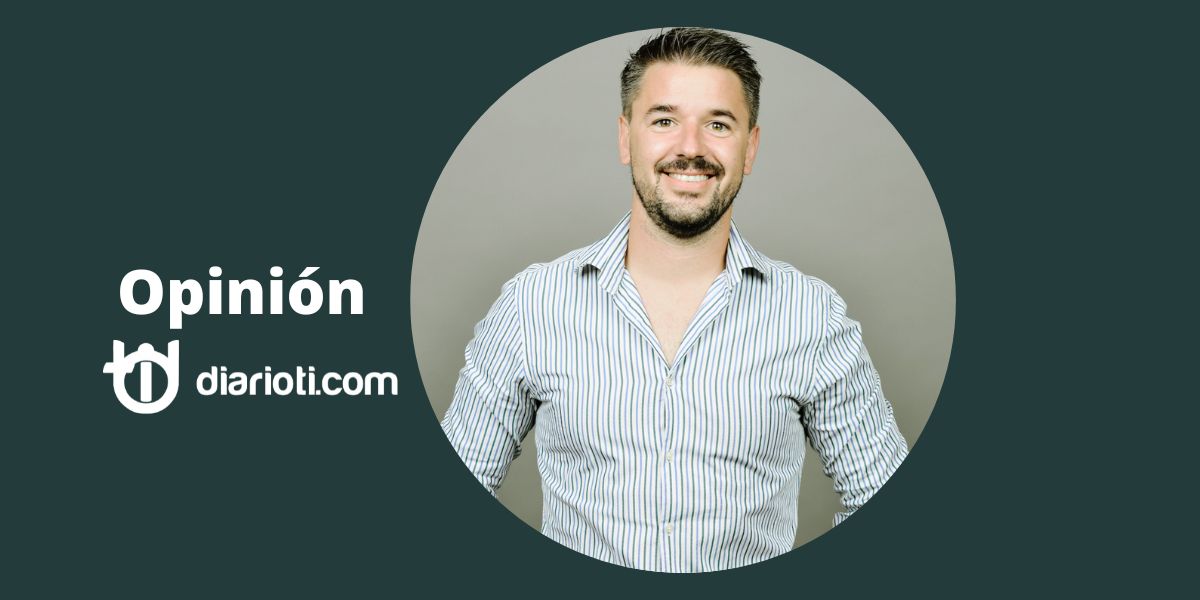In conjunction with Brazilian President Dilma Rousseff visiting Ericsson (NASDAQ:ERIC) Headquarters in Sweden today, the company announced it would further support Brazil in the realization of its digital agenda.
Hans Vestberg, President and CEO of Ericsson, said: “ICT can support the transformation of virtually all sectors of society as well as all industries. I am convinced the next generation of mobile broadband and the Internet of Things, enabled by 5G, will further accelerate the opportunities to advance in areas such as health care, education, energy services and agriculture, and within new industry applications.”
As part of enabling Brazil’s digital agenda, Ericsson together with América Móvil will bring the first 5G test system to Brazil during 2016. Ericsson’s 5G test system is where innovation meets implementation, allowing telecom operators and ecosystem partners such as academic institutions, health care, energy and agriculture players to test 5G capabilities in a live network. In addition, Ericsson and América Móvil will also deploy a test system for Internet of Things (IoT), enabling Brazilian industries and the public sector to prepare for ICT transformation. The IoT test system will specifically focus on low battery consumption applications, such as low power sensors for remote areas.
Vestberg said: “For 5G, our focus is to understand how the systems will be used by both society and industries. To be ready with complete commercial networks in 2020, Ericsson is partnering with América Móvil for the first 5G test system in Brazil as a clear demonstration of our competitive advantage, and at the same time we are bringing research out of the labs and into live test networks.
“We have been part of Brazil’s development since 1924, and I am proud that we continue to bring industry-leading technology in support of the country’s further development.”
In addition to previously announced 5G radio research with Federal University of Ceará (UFC), Ericsson today announced additional programs with the University of São Paulo (USP) and University of Campinas (UNICAMP) to be conducted in 2017:
– Cyber-Physical Systems with USP and UNICAMP: networks that communicate without human input; autonomous communications systems based on sensors. These could for example provide the foundation for road systems that communicate with road authorities in case of emergency, weather systems that monitor road conditions, and self-driving cars.
– MiMo (multiple-input multiple-output) with UFC: transceiver design with multiple antennas on base stations and user terminals (MiMo) systems for 5G. The aim is to increase the capacity of current wireless communications systems. significantly. .
– D2D (Intelligent radio resource allocation) with UFC: control and provision Quality of Service in 5G systems. Using algorithms and radio resource allocation techniques, the idea is to enable higher bit rates and improved user satisfaction for 5G mobile communications systems.

